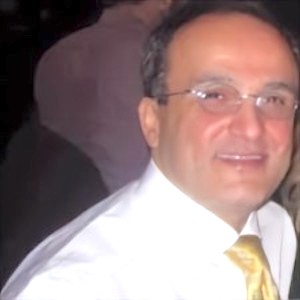Quantum Transduction
Translating Quantum Information

Researchers from the University of Chicago have developed a technology to translate quantum information between different quantum technologies, which could have important implications for quantum computing, communication, and networking. Photons, or particles of light, are used by quantum information technologies, but different technologies use them at different frequencies. Superconducting qubits, such as those used by tech giants Google and IBM, store quantum information in photons that move at microwave frequencies. However, microwave photons have a weak grip on their quantum information, making it difficult to transfer it between different quantum technologies. The solution is to transfer the quantum information to a higher-frequency photon, called an optical photon, which is much more resilient against ambient noise. Rubidium atoms have two gaps in their levels that the researchers’ technology exploits, allowing them to absorb a microwave photon with quantum information and then emit an optical photon with that quantum information. This process is called “transduction.”
The technology works both ways, transferring quantum information from microwave photons to optical photons and vice versa. It can be used on either side of a long-distance connection between two superconducting qubit quantum computers, serving as a fundamental building block to a quantum internet. The technology could have many other applications beyond quantum networking. Its core ability is to strongly entangle atoms and photons, which is essential to many different quantum technologies across the field, including computing, simulations, metrology, and atomic clocks. The researchers are excited to see what else they can do with this platform and its ability to generate efficient entanglement. The experiment is considered a significant step toward developing practical applications for quantum computing, communication, and networking.

Hamed Nazari
Hamed is an innovative and results-driven Chief Scientist with expertise in Quantum Science, Engineering, and AI. He has worked for leading tech companies in Silicon Valley and served as an Adjunct Professor at UC Berkeley and UCLA.
